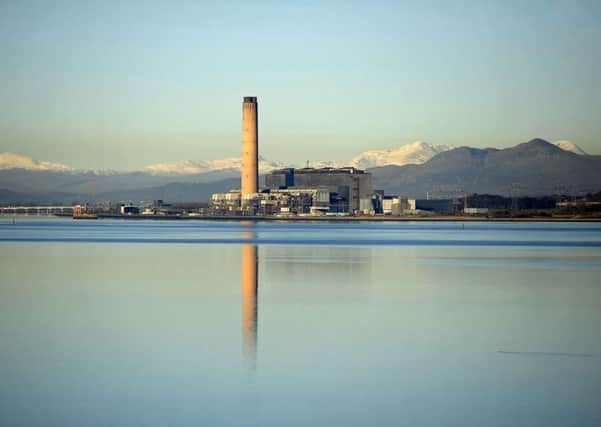Richard Dixon: Scotland could be a world leader on the environment


On the environment, we saw US president-elect Donald Trump start a witch hunt of climate scientists and propose putting climate sceptics and oil executives in charge of environmental protection and foreign policy. At the United Nations climate conference in Marrakech, there was little appetite to live up to the ambitions of the summit in Paris a year earlier.
Brexit threatens 40 years of environmental gains from the European Union. The UK government approved the first new nuclear reactors since Margaret Thatcher was in power, overruled massive local opposition to approve fracking, and went backwards on renewable energy.
Advertisement
Hide AdAdvertisement
Hide AdBut Scotland provided one of the few good examples at Marrakech: a country which is reducing emissions and planning to increase its already ambitious climate targets. Tidal power is racing ahead, renewable energy is providing almost 60 per cent of our electricity and we banned Underground Coal Gasification – the first time Scotland has said no to new fossil fuels. Longannet power station, once the largest in Europe, closed in March – for the first time in 115 years, no coal is being burned in Scotland to make electricity. For a country which virtually invented the Industrial Revolution, this is huge.
2017 is going to be very busy. Early in the new year we will see a public consultation on whether to ban unconventional oil and gas extraction methods, including fracking. No doubt Grangemouth owner Ineos will throw piles of cash at newspaper adverts, “expert” opinion and public meetings to try to persuade people to love fracking. Even with their resources, they face an uphill fight, with communities across Scotland already gearing up for this struggle.
At the same time we should see a new climate change plan, spelling out how Scotland can meet future targets in all sectors. The plan will be the results of a computer model of all sectors in Scotland. This has been good at focusing attention on sectors which have not contributed much to reductions in the past, such as transport, but a big test of the results will be whether they are credible. Too much reliance on technical fixes sets us on a path to fail, as the VW emissions scandal demonstrated.
The same computer model has been used to produce an energy strategy, looking at where our power, heat and transport energy will come from in the future. There will no doubt be lots of renewable sources, but the big question is what else might be in the future energy mix.
Not long after these three massive discussions, we should see plans for a new climate change bill with those more ambitious targets. These are supposed to help Scotland make a fair contribution to the Paris Agreement’s aim of keeping the global temperature rise below 1.5C – currently the world is on track for at least 3.5C. With a proposed change in the accounting system it will not be straightforward to see whether what is offered really is more ambitious than the current Climate Act from 2009, and with 2020 so close the most important targets will probably be 2025 and 2030, although it would be very disappointing it we are still aiming for the original 80 per cent cut by 2050, rather than zero fossil fuel use rather sooner.
Just when the world needs some really good examples, we have the chance to lead and set Scotland firmly on the path to becoming one of the first fossil fuel-free nations.
Dr Richard Dixon is director of Friends of the Earth Scotland